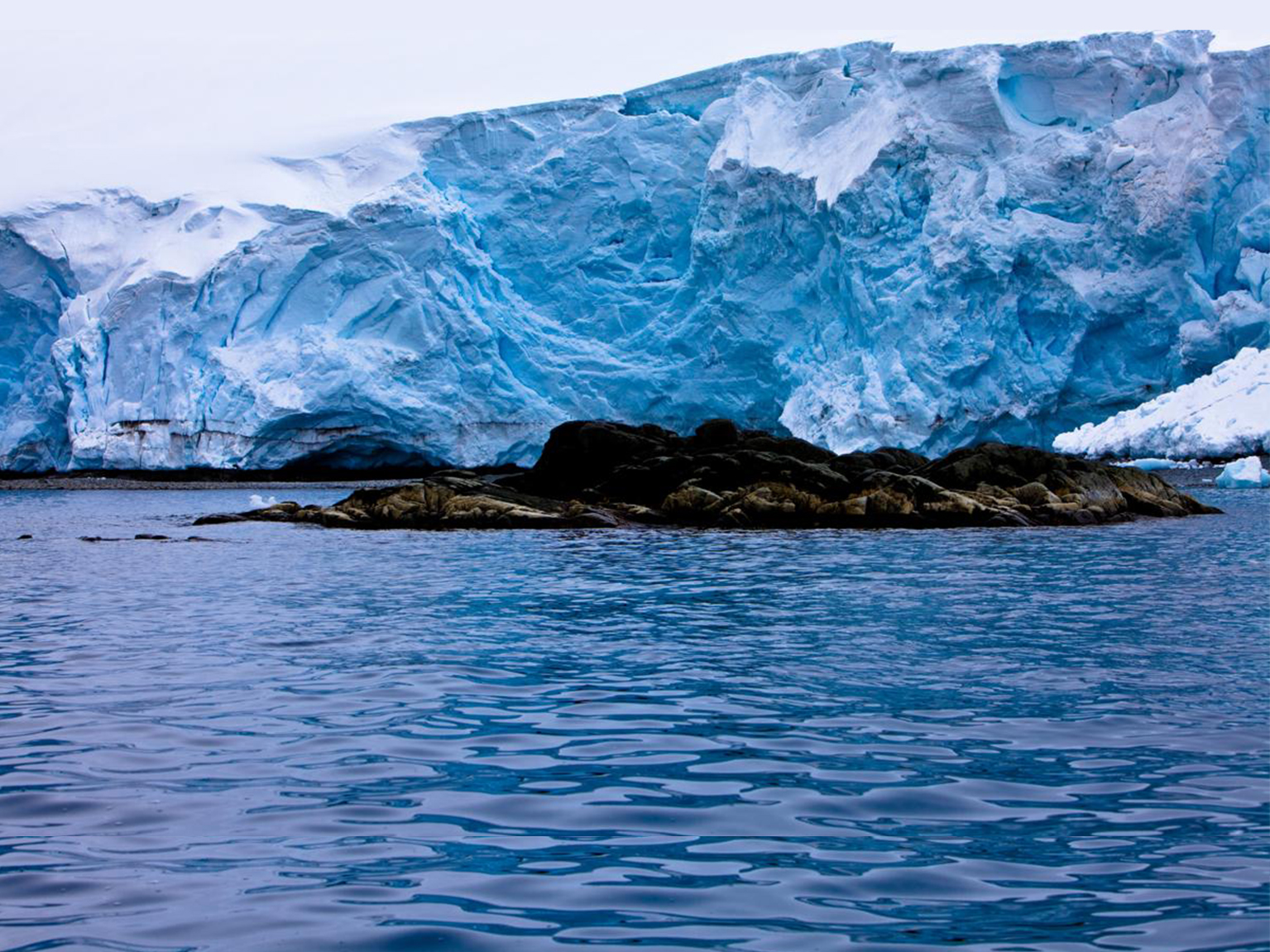Glaciers are huge masses of ice that flow like very slow rivers.
Glaciers are mountains of snow that stay still for a long time that the
snow crystallizes and turns into ice. Over time more layers of snow
compresses down and the glacier becomes deeper.
snow crystallizes and turns into ice. Over time more layers of snow
compresses down and the glacier becomes deeper.
Some glaciers appear dusty and rocky. Others have an aquamarine
glow like a huge heligan ball inside. Glaciers are separated into two
groups: the Alpine that form on mountain sides, and the continental
ice sheets.
glow like a huge heligan ball inside. Glaciers are separated into two
groups: the Alpine that form on mountain sides, and the continental
ice sheets.
Mountain valleys appear v shaped until a glacier melts into the valley.
After a while, the valley becomes wider and deeper, and appears v
shaped.
After a while, the valley becomes wider and deeper, and appears v
shaped.
Ten percent of the Earth is covered by glacier ice, but in the last ice
age, glaciers covered one third of the Earth's surface.
age, glaciers covered one third of the Earth's surface.
Alaska has more than 100 glaciers, most of them are yet to be named.
75% of the Earth's water supply relies on glacial ice. Glaciers can be
more than 100,000 years old. Scientist’s examine and extract the ice
to try to predict what climate was like back then.
more than 100,000 years old. Scientist’s examine and extract the ice
to try to predict what climate was like back then.
The biggest glacier in the world is Lambert Glacier in Antarctica.
Lambert Glacier is found in the biggest ice sheet that covers 99% of
Greenland and Antarctica. If the whole ice sheet were to melt, the
water levels would rise up 65 metres, and London would be lost
underwater. New Zealand has two glaciers, Fox Glacier and Franz
Josef Glacier.

Lambert Glacier is found in the biggest ice sheet that covers 99% of
Greenland and Antarctica. If the whole ice sheet were to melt, the
water levels would rise up 65 metres, and London would be lost
underwater. New Zealand has two glaciers, Fox Glacier and Franz
Josef Glacier.

No comments:
Post a Comment